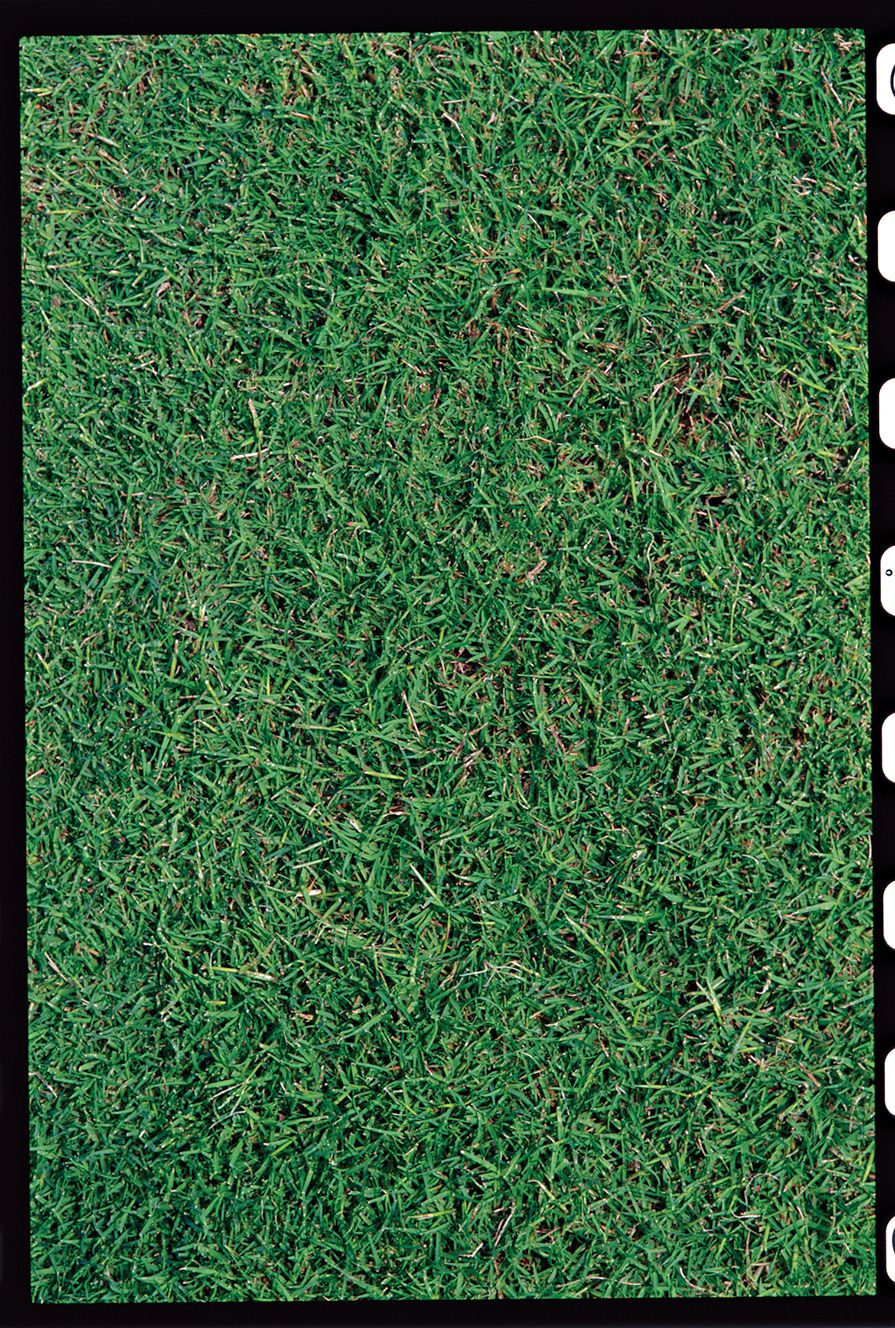Having a lush, vibrant lawn begins with planting the right grass species. To make that choice, you’ll need to know which grasses are most successful in your climate, the condition of your soil, and what you can do to cultivate healthy grass.
In this guide, we’ll cover eight common varieties of grass, the benefits and drawbacks of each, and their ideal growing conditions to help you make an informed decision.
Hard Fescue Grass (Festuca ovina)
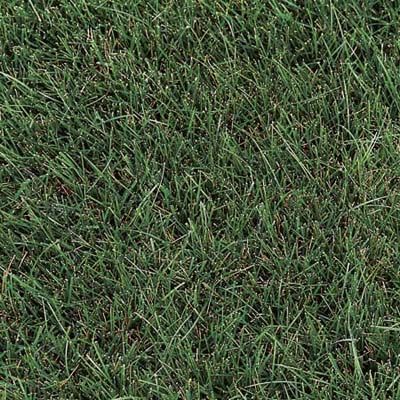
Hard fescue is a cool-season grass well-suited for the Northeast. This fine-textured, slow-growing grass is ideal for homeowners seeking a lawn that requires minimal fertilization and mowing. Hard fescue is also relatively disease-resistant and cold-tolerant. It can live in poor soil conditions and thrive even in less fertile areas. These attributes make it a great option for challenging lawn areas or as part of a grass seed mix.
- Drought resistance: Requires less water than many other grass types.
- Shade tolerance: Thrives in partially shaded areas where other grasses struggle.
- Wear resistance: Stands up well to foot traffic and recreational use.
Tall Fescue Grass (Festuca arundinacea)
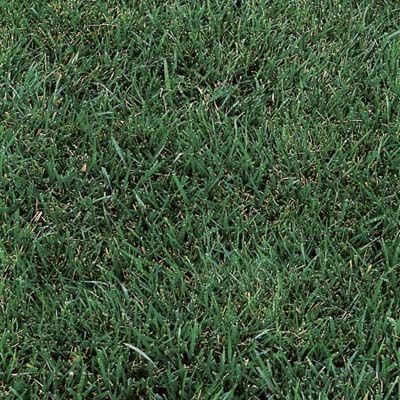
Tall fescue is a coarse and lush cool-season grass popular across many regions in the U.S., from the Pacific to the Great Plains. Its deep root system makes it resilient and able to withstand various environmental stresses. Tall fescue can establish itself in different soil types, including clay and sandy soils. This grass species is ideal for creating a durable lawn that maintains its appeal throughout the seasons.
- Drought and heat tolerance: Performs well in warmer climates within its growing region.
- Light requirements: Thrives in full sun to partial shade.
- Moderate maintenance: Requires less frequent mowing compared to other grass types.
Red Fescue Grass (Festuca rubra)
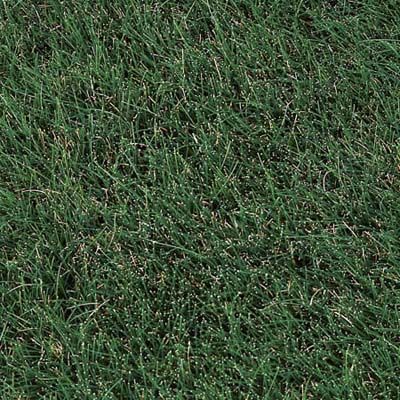
Red fescue is a fine-textured, cool-season grass that excels in cool, wet regions like the Northwest. It can adapt to challenging soil conditions, making it an excellent choice for areas with less-than-ideal growing environments. Its fast germination rate also helps it establish quickly in diverse settings.
- Drought tolerance: Withstands mild drought conditions.
- Shade tolerance: Grows well in partially shaded areas.
- Soil adaptability: Performs well in poor, acidic soils where other grasses struggle.
Kentucky Bluegrass (Poa pratensis)
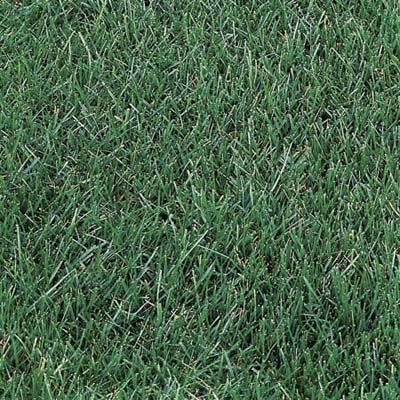
Kentucky bluegrass is a popular cool-season grass known for its rich color, fine blades, carpet-like feel, and durability. Its ability to spread through rhizomes (underground stems) allows it to recover quickly from damage. This makes it great for high-traffic areas. Its dense growth habit also helps suppress weeds, leaving a uniform and lush lawn.
- Climate adaptability: Tolerates both cold and heat within its growing region (the Northern two-thirds of the country).
- Fertilizer needs: Requires regular fertilization for best performance.
- Sun requirements: Prefers full sun exposure for maximum growth.
Perennial Ryegrass (Lolium perenne)
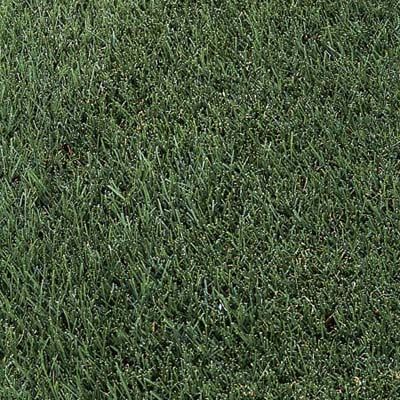
Perennial ryegrass is a lush, finely-bladed grass species. Its versatility makes it a popular addition to cool-season grass mixes. Perennial ryegrass has a fast germination rate, making it a smart choice for overseeding existing lawns or establishing new lawns quickly. It has a vibrant green color and grows quickly to enhance the overall appearance of your lawn.
- Adaptability: Performs well in various climates, including colder regions.
- Durability: Withstands heavy foot traffic and wear.
- Quick establishment: Germinates rapidly, making it ideal for instant lawn solutions.
Buffalo Grass (Bouteloua dactyloides)
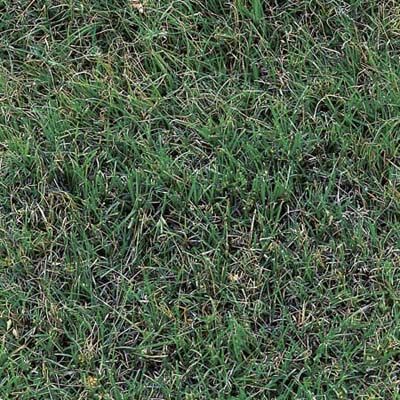
Buffalo grass is a warm-season grass native to North America. It does best in Southern states and requires minimal fertilization, mowing, and watering.
Buffalo grass is low-maintenance and naturally resistant to drought, making it an eco-friendly choice for water-conscious homeowners. It also naturally resists pests and diseases, reducing the need for chemical treatments.
- Drought tolerance: Thrives in arid conditions with little supplemental irrigation.
- Seasonality: Goes dormant in summer and autumn, turning brown during these periods.
- Soil adaptability: Performs well in alkaline clay soils.
Centipedegrass (Eremochloa ophiuroides)
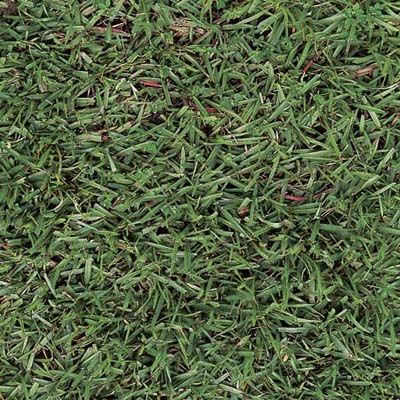
Centipedegrass is a coarse-bladed, warm-season grass popular in Southern and Western states. Its low growth rate and minimal maintenance requirements make it a great choice for homeowners looking for a hassle-free lawn. Centipedegrass can thrive in poor soil conditions and resist pests.
- Unique color: Light to medium green hue.
- Slow growth rate: Very slow-growing, requiring less frequent mowing.
- Easy maintenance: Low maintenance once established.
Bahiagrass (Paspalum notatum)
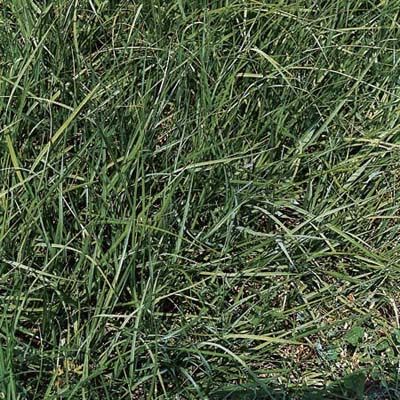
Bahiagrass is a coarse, warm-season grass that grows slowly. It thrives in sandy soils and resists weeds, making it a good choice for coastal regions and areas with poor soil quality, such as the South and West. Its strong root system also helps prevent soil erosion, offering further environmental benefits.
- Weed resistance: Dense growth habit helps prevent weed invasion.
- Soil preference: Performs well in sandy soils.
- Drought tolerance: Withstands periods of drought once established.
We recommend dedicating time to understanding your soil composition, local climate, and aesthetic preferences before investing in any seed or sod.
